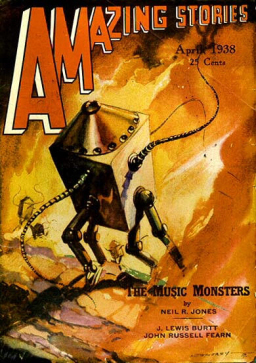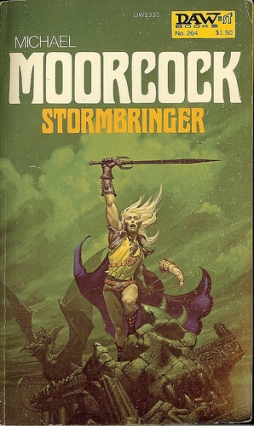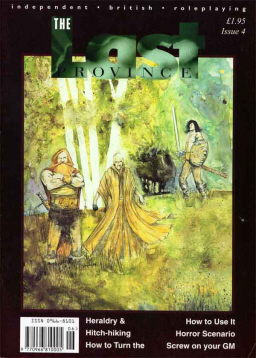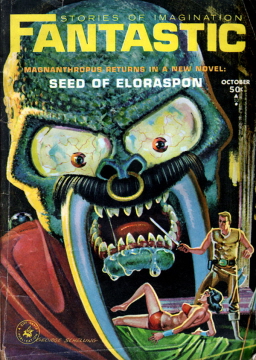Professor Jameson’s Space Adventures, or Zoromes Make the Happiest Cyborgs
 I first ran across Neil R. Jones’s Prof. Jameson stories in junior high while reading Isaac Asimov’s Before the Golden Age — which, by the way, is one of my favorite anthologies.
I first ran across Neil R. Jones’s Prof. Jameson stories in junior high while reading Isaac Asimov’s Before the Golden Age — which, by the way, is one of my favorite anthologies.
Neil R. Jones’s first Prof. Jameson adventure appeared in the July 1931 issue of Amazing Stories. In this first story, “The Jameson Satellite,” Mr. Jones gives us all the background information that we’ll ever need to follow this wonderful over-the-top space adventures of Professor Jameson and his Machine Men colleagues, the Zoromes!
Within the first few pages, we learn that Professor Jameson of the 20th century had a horrible revulsion against being buried and subsequently becoming worm food after his death. So, to ease his mind, he arranged to have his body placed in a hermetically sealed rocket after his death and then launched into orbit around the Earth.
Following me so far? Good. So now we skip ahead 40,000,000 years to find the Professor’s orbiting Tupperware bowl still circling a now-dead Earth, which is itself orbiting a dying Sun which has cooled off and become a Red Giant (we now figure that this’ll actually take somewhere around 5 billion years to happen). So far so good? Good!
We then meet a group of intergalactic explorers who are at this very moment investigating our dying solar system. Their sensors pick up a metallic object orbiting the Earth.
Now of course the reader knows immediately what the object actually is. When they finally approach Earth and discover Prof. Challenger’s coffin-ship, they take it aboard their own greatly larger ship.
It turns out that the Zoromes aren’t your run-of-the-mill extra-terrestrial explorers. Nope, they are actually cyborgs! The Zoromes wanted dearly to explore the galaxy, but knew their mortal bodies wouldn’t survive a journey that might entail thousands of years, so they traded flesh and bone for metal and circuitry. Makes sense to me.







